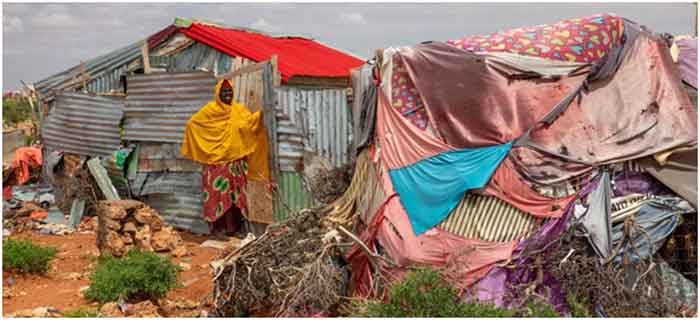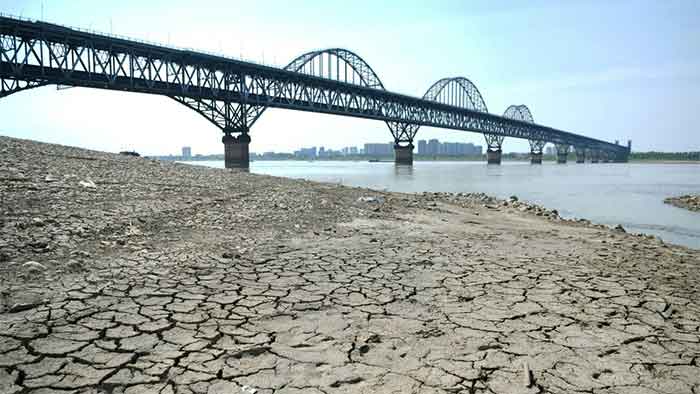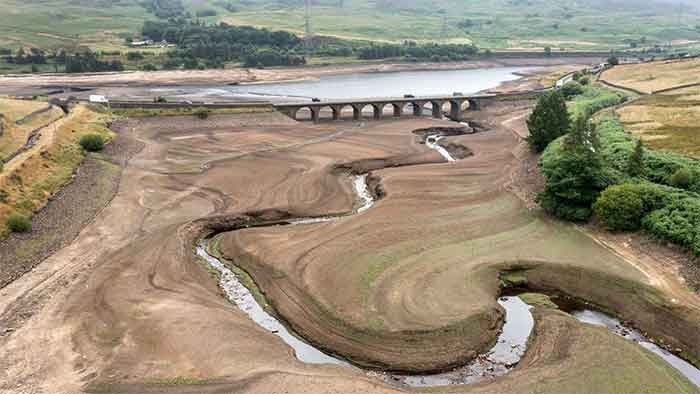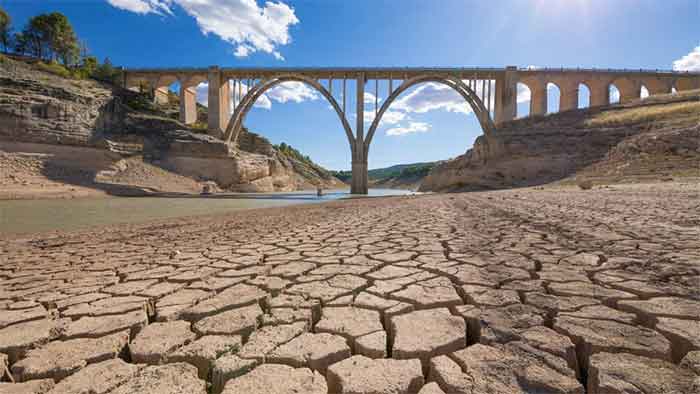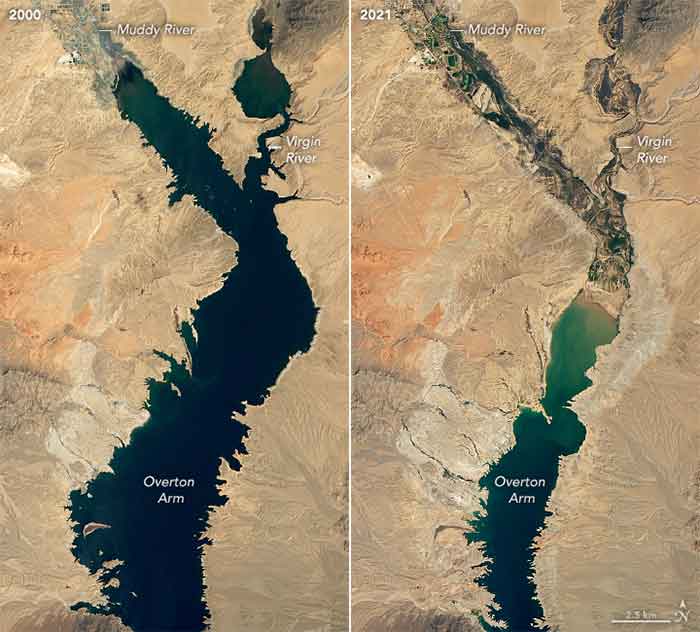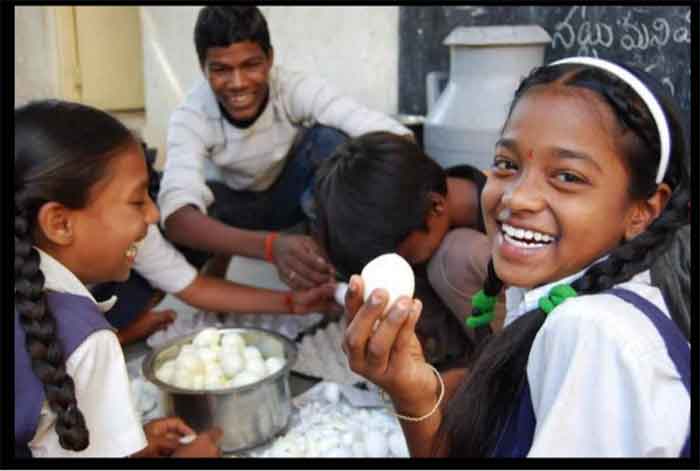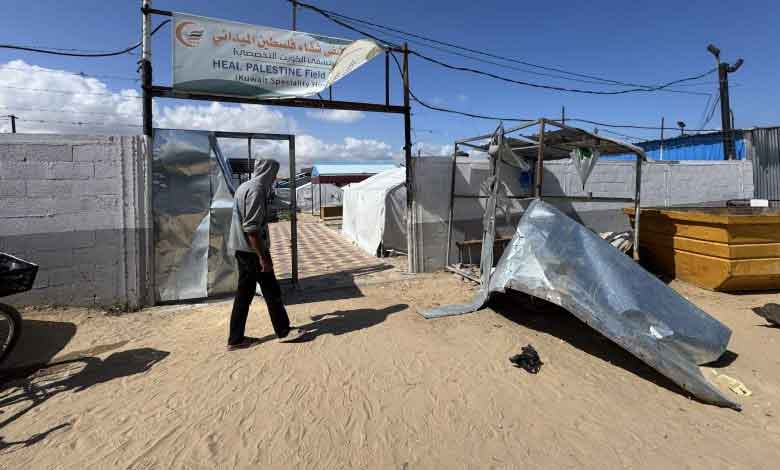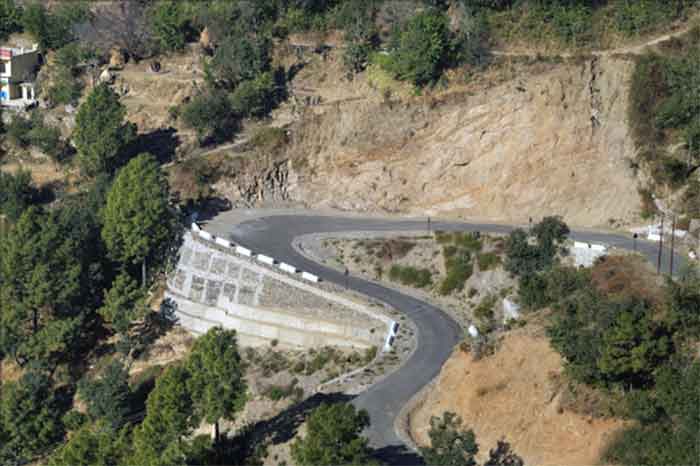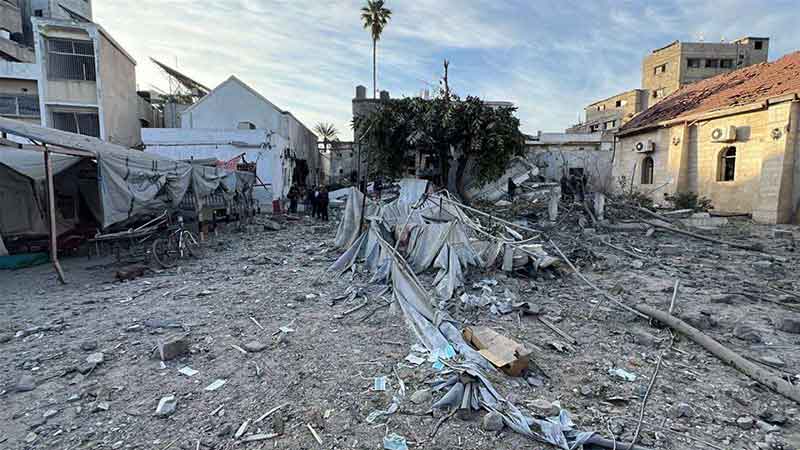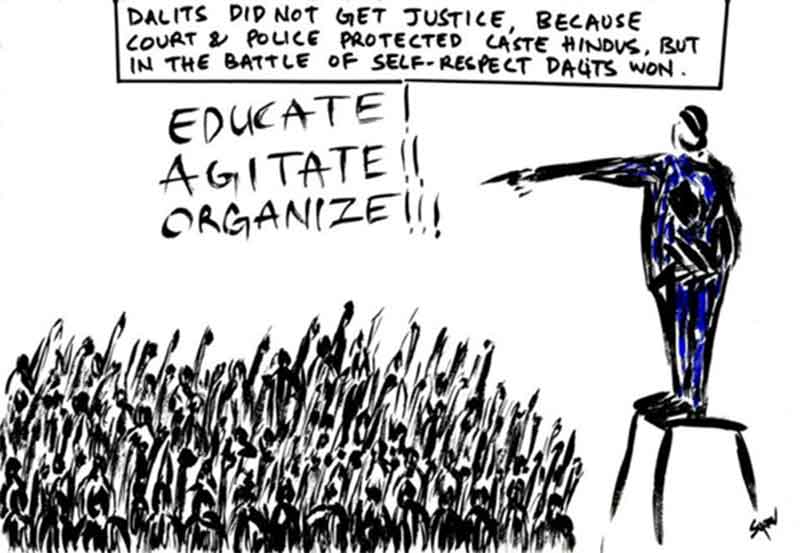
In East Africa, millions of people are facing starvation due to drought.
The World Health Organization (WHO) warned on Wednesday that millions of people in East Africa face the threat of starvation.
Speaking at a media briefing in Geneva, WHO Director-General Tedros Adhanom Ghebreyesus said that drought, climate change, rising prices and an ongoing civil war in northern Ethiopia are all contributing to worsening food insecurity.
Tedros Adhanom Ghebreyesus:
“Now to the Greater Horn of Africa, where millions of people are facing starvation and disease in Djibouti, Ethiopia, Kenya, Somalia, South Sudan, Sudan and Uganda.
“Drought, conflict, climate change and increasing prices for food, fuel and fertilizer are all contributing to lack of access to sufficient food.
“Hunger and malnutrition pose a direct threat to health, but they also weaken the body’s defenses, and open the door to diseases including pneumonia, measles and cholera.
“Food insecurity also forces some people to choose between paying for food and health care.
“Many people are migrating in search of food, which can also put them at increased risk of disease, and reduced access to health services.”
Over 50 million people in East Africa will face acute food insecurity this year, a study from late July by the World Food Programme (WFP) and Food and Agriculture Organization (FAO) found.
Roughly 7 million children are suffering from malnourishment and, according to the United Nations High Commissioner for Refugees, hundreds of thousands are leaving their homes in search of food or livelihoods. Affected countries include Djibouti, Ethiopia, Kenya, Somalia, South Sudan, Sudan and Uganda.
“The current food security situation across the Horn of Africa is dire after four consecutive rainy seasons have failed, a climatic event not seen in at least 40 years, or since the beginning of the satellite era,” Chimimba David Phiri of the Food and Agriculture Organization said in the report.
The warnings have been gradually building for months, as the situation worsens. In June, David Nash, a physical geographer at the University of Brighton, reported for the Conversation that “large areas of Ethiopia, Somalia and Kenya are currently in the grip of a severe drought.”
The Horn of Africa has two rainy seasons per year, but the last four have been unusually dry. In some regions of Somalia, it has not rained in two years, according to Reuters.
“This meteorological drought has resulted in a loss of soil moisture, caused waterways to dry up, and led to the death of millions of livestock,” Brighton reported. “Forecasts suggest that the September to December rainy season could also fail. This would set the stage for an unprecedented five-season drought.”
Climate change increases the risk of drought because warmer air causes more evaporation and throws off the natural water cycle.
“Climate change and La Niña have caused an unprecedented multi-season drought [in East Africa], punctuated by one of the worst March-to-May rainy seasons in 70 years,” the U.N. News Service reported last month.
Somalia
The drought has had a devastating effect on crop yields and on livestock populations. In Somalia, vegetable and grain production is expected to drop by about 80% this year.
According to the Foreign Policy Research Institute, a U.S-based think tank, “Somalia is entirely dependent on Ukraine (70 percent) and Russia (30 percent) for wheat imports.
The Islamist terrorist group al-Shabab controls over 20% of Somalia. Attacks by al-Shabab have increased since the Trump administration withdrew U.S. troops from the country in December 2020. The Biden administration redeployed 500 soldiers to Somalia earlier this year.
Ethiopia
In the Tigray region of Ethiopia, the government military, ethnic militias and soldiers from Eritrea are fighting the Tigray People’s Liberation Front, a political party that the Ethiopian government considers a terrorist organization.
The WHO DG said:
“In the Ethiopian region of Tigray, the drought is compounding a man-made catastrophe for 6 million people who have been under siege from Ethiopian and Eritrean forces for 21 months, sealed off from the outside world, with no telecommunications, no banking services and very limited electricity and fuel.
“As a result, the people of Tigray are facing multiple outbreaks of malaria, anthrax, cholera, diarrhea and more.
“This unimaginable cruelty must end. The only solution is peace.
“Earlier this month, a delegation from the US, European Union, United Kingdom, Germany, Italy and Canada visited Tigray in an effort to facilitate peace talks.
“Following their visit, the US and EU issued a joint statement saying that swift restoration of electricity, telecommunications, banking and other basic services in Tigray is essential for peace talks to go forward. So far, the government has refused.
“Since the humanitarian truce was announced in late March, some humanitarian aid has been delivered to Tigray, although nowhere near enough.
“In addition, the shortage of fuel and cash continues to be a major impediment to the distribution of aid, and to WHO’s efforts to respond to outbreaks, provide vaccination against COVID-19 and deliver other life-saving health services.”
Eastern Africa: Over 50 Million Face Acute Food Insecurity In 2022
Over 50 million people are expected to face high levels of acute food insecurity this year across seven IGAD countries (Djibouti, Ethiopia, Kenya, Somalia, South Sudan, Sudan, Uganda) according to the 2022 edition of the Inter-Governmental Authority on Development (IGAD) Regional Focus on Food Crises released on July 22, 2022.
Ethiopia, Kenya, Somalia, South Sudan, and Sudan are facing the largest food crises in the region. About 300,000 people are projected to face Catastrophe in Somalia and South Sudan in 2022, with a Risk of Famine occurring in eight areas of Somalia through September in the event of widespread crop and livestock production failures, spiraling food costs, and in the absence of scaled-up humanitarian assistance.
The situation in 2022, with 50 – 51 million people expected to face Crisis or worse, marks a dramatic increase from 2021 when 42 million people suffered from high levels of acute food insecurity. Last year, the IGAD region accounted for nearly 22 per cent of the global number of people in Crisis or worse, with an estimated 10 million children under the age of 5 suffering from acute malnutrition. In addition, 24 per cent of the world’s 51 million internally displaced people were also in IGAD countries, mainly Ethiopia, Somalia, South Sudan, and Sudan.
“Our region has been hit like never before”, says Workneh Gebeyehu, Executive Secretary of the IGAD. “The combination of climate extremes, conflict, and macroeconomic challenges makes it almost impossible for our otherwise very resilient communities to sustain multiple shocks. The figures we are releasing today are heartbreaking, and I’m very worried they could increase even more as the outlook for the October to December rainy season is bleak.”
“The current food security situation across the Horn of Africa (Ethiopia, Kenya, and Somalia) is dire after four consecutive rainy seasons have failed, a climatic event not seen in at least 40 years, or since the beginning of the satellite era”, noted Dr. Chimimba David Phiri, FAO Subregional Coordinator for Eastern Africa and FAO Representative to the African Union and UNECA. “Now more than ever, we must implement short-term livelihood-saving responses with long-term resilience building aimed at addressing the root causes of food crises in our region”.
Climate change and La Niña have caused an unprecedented multi-season drought, punctuated by one of the worst March-to-May rains in 70 years. The latest forecast by IGAD’s Climate Prediction and Applications Centre (ICPAC) is for a fifth consecutive failed rainy season across the region, with the latest long-term forecasts for the 2022 October–December rainfall season indicating an increased chance of below-average rains.
“Conflict, climate extremes, economic shocks, rising costs and now the impact of the conflict in Ukraine on food and energy prices are pushing millions towards starvation in Eastern Africa,” says Michael Dunford, the World Food Programme’s Regional Director for Eastern Africa. “Sadly, there is a very real risk of famine in the region, and we must do everything possible to prevent this from happening. At the same time, together we must start building the capacity to prepare and respond to future shocks which are increasingly inevitable because of a changing climate.”
The UNHCR said (https://reporting.unhcr.org/document/2716): Following poor rainfall patterns in the Horn of Africa since 2019 along with changing climatic conditions, the region is facing a catastrophic drought, the worst experienced in 40 years. The drought is severely affecting millions of refugees, internally displaced persons (IDPs) and their host communities in Ethiopia, Kenya and Somalia. With water sources drying up, livelihoods decimated, and rising prices, there is new displacement – both internal and across borders due to a mix of conflict and climate shocks – as well as drought specific impacts on existing refugee camps and settlements and host communities in all three countries. These populations are already suffering a dramatic reduction in food assistance due to funding shortfalls coupled with the global economic crisis that has seen drastic increases in food and commodity prices. Over 3.5 million (75%) of the total refugee population in the wider region is affected by cuts to food assistance – including Ethiopia and Kenya, where refugees are only receiving 60% of a full ration. Meanwhile, the cost of a food basket has already risen by 66% cent in Ethiopia and by 36% cent in Somalia, leaving many refugees and IDP families unable to afford even basic items. This has forced some of them to sell their hard-earned assets in exchange for food and other life-saving items.

